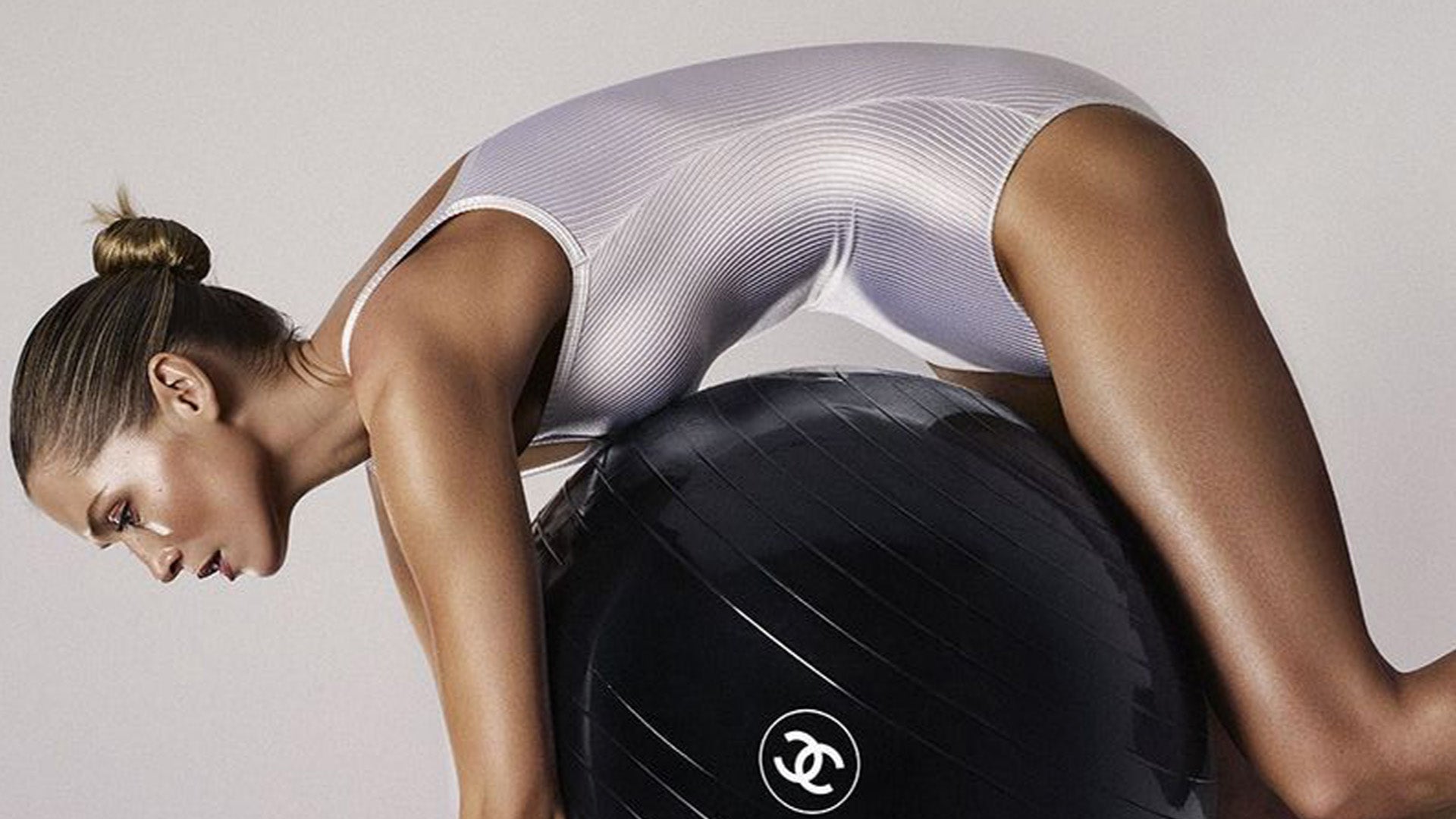Is Your Workout Wear Toxic? Avoid PFA's

I'm the girl that can never find anything to wear but, whenever it's time for a work out, I always know exactly what to pick. When I started to learn about how it isn't only the products that we use on our bodies that can impact our health and well being, but also the CLOTHES we put on our bodies too, I knew I wanted to share with my community that there's another area we can start to become aware of, so that we can help reduce toxic load across our lives.
Sometimes we encounter chemicals in our daily lives without even realizing it (I wrote previously about air fryers and toxic cleaning products) and today, we're going to get into athleisure and activewear and how some products might not be as healthy as we think - cue: PFAS. The good news is, there are some great athleisure brands who have shown to be safe and PFAS-free. Keep reading to find out which ones.
First, what are PFAS?
PFAS are per- and poly-fluoroalkyl substances. They are synthetic chemicals that have been used in a wide range of everyday products since the 1940s, including non-stick cookware, fabrics, food packaging, and yes, even our workout clothing. Scientific studies are starting to shed light on the connection between PFAS exposure and health issues. Research conducted by the National Institute for Occupational Safety and Health is showing that, similarly to the products we put on our body, skin exposure to PFAS can pose health risks similar to those from ingestion through food or water.
If you’ve heard of PFAS already you might know them as endocrine disruptors. This means that they can disrupt our hormonal systems and when these external chemicals interfere with our delicate hormonal balance, they can induce alterations within our bodies and brains that have the potential to trigger cellular states that we would rather avoid. Some of the risks include kidney and testicular cancer, liver and thyroid problems, reproductive disorders, high blood pressure during pregnancy, low birth weight, and an increased risk of birth defects. PFAS have been linked to changes in cholesterol levels and the timing of puberty (this one is quite crazy) and there is also evidence suggesting potential effects on immune function as well.
The only scary fact that I’m going to hit you with today is that PFAS are in the blood of nearly all Americans, and testing of umbilical cord blood and breast milk indicates that exposure begins before birth.
Have athleisure brands been studied directly?
Yes! Mamavation conducted tests on 32 pairs of activewear, including workout leggings and yoga pants from LuluLemon, LulaRoe, Old Navy and more, to detect the presence of PFAS. The products were purchased from various websites between June and November and were not taken out of their original packaging during testing. They tested the crotch area for organic fluorine, a PFAS indicator.
The results revealed that 25% of the tested leggings contained detectable levels of organic fluorine, ranging from 10 to 284 parts per million (ppm). LulaRoe leggings had the highest concentration at 284 ppm.
Encouragingly, 75% of the tested pairs showed no detectable levels of organic fluorine. These findings suggest that PFAS is unnecessary in the production of women's leggings, and its use should be discontinued. So? The good news. These PFAS aren’t EVERYWHERE but they are in some of our favorite brands.
So, what next?
As well as 75% of the pairs they tested showing up without detectable levels of organic fluorine, Mamavation’s testing also showed that Alo, Reebok, Nike, Sweaty Betty and Under Armour all passed the test too, with zero organic fluorine showing up. This shows us that there are activewear brands out there that are creating their products without PFAS and that there are ways we can still enjoy our hot girl walk, our HIIT workout (or in my case, my stair climb) without PFAS risk.
What this means is that the brands are safer (but it's always good to look into whether they are making their products from petrochemicals, like polyester or nylon). Hopefully we will see more and more brands hit the mainstream making their clothes from sustainable, non-toxic farming fabrics, organic cotton and alternative fabrics. But for now, at Agent, we think even being aware of this topic is a step in the right direction.
The other good news? Scientists have advised the gradual elimination of PFAS to mitigate the risks. This has been reported by Bloomberg and, although presently there are no federal regulations specifically addressing PFAS in the United States (although states like New York have proposed regulatory legislation), Europe is making faster progress in this regard. The European Union is contemplating a ban on thousands of PFAS chemicals, with exceptions made only for essential applications. If successful, a final agreement could be reached by 2025 which is coming up fast.
For now, prevention is better than cure. Send this on to someone that you love (and someone who LOVES to workout!) so they can take one step closer to their life being a little more PFAS-free.
***THESE STATEMENTS HAVE NOT BEEN APPROVED OR REGULATED BY THE FDA. WE ARE NOT DOCTORS, THEREFORE ALWAYS CONSULT WITH YOUR DOCTOR FIRST***





